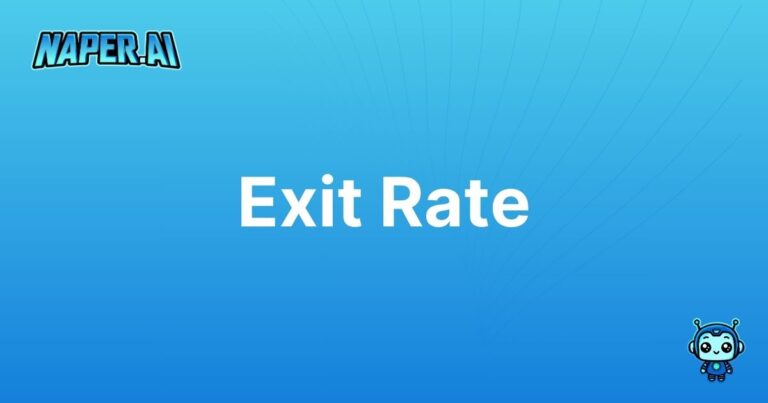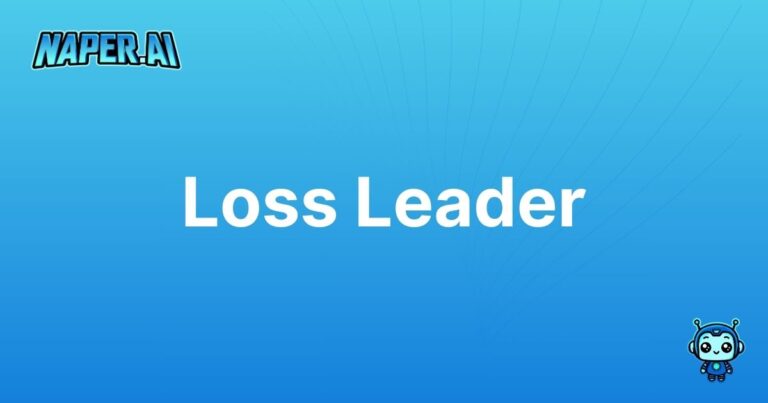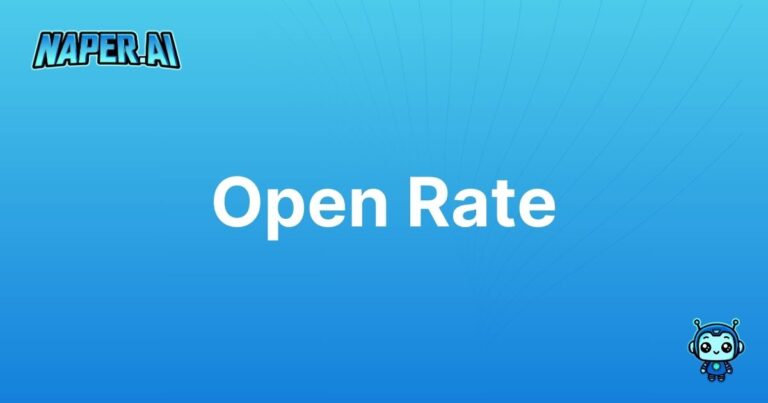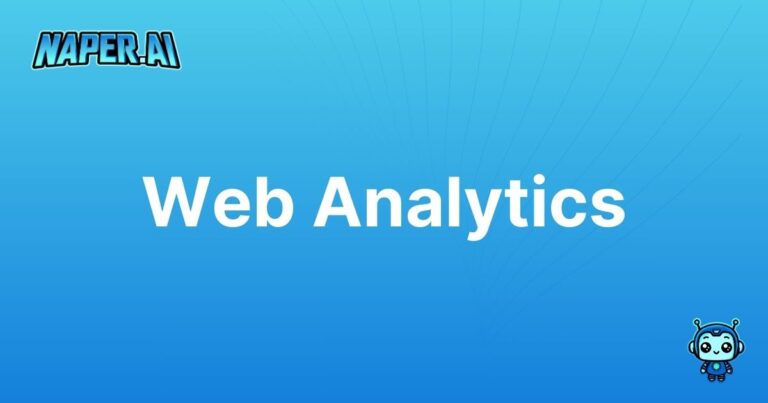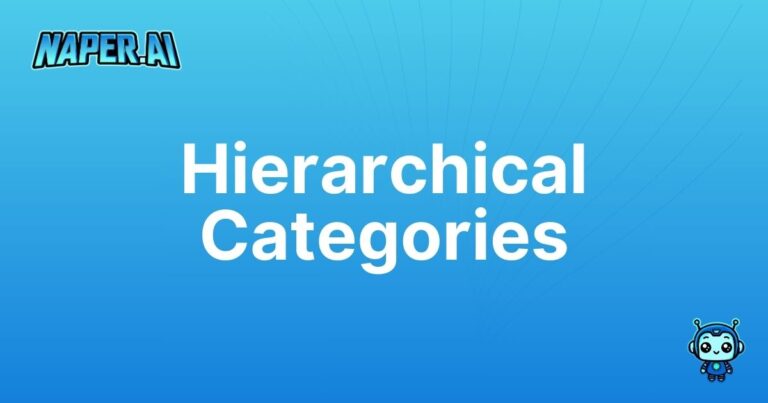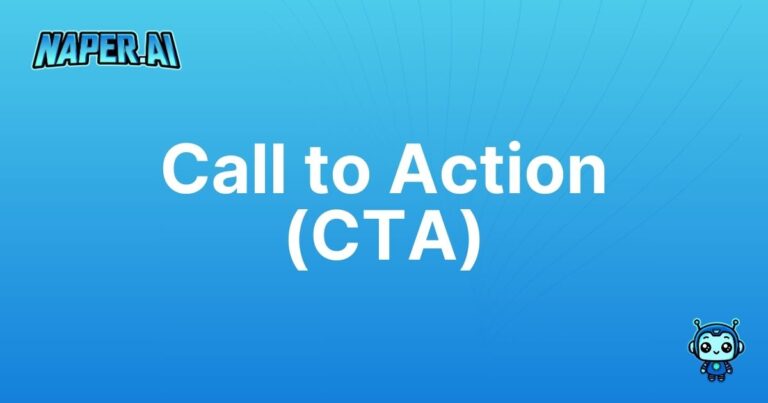Customer Acquisition Cost (CAC)
Enhance Your E-commerce Strategy with CAC Insight
Discover how Customer Acquisition Cost (CAC) can transform your customer acquisition strategies and drive business growth.
What Is Customer Acquisition Cost (CAC)?
Customer Acquisition Cost (CAC) is a key metric used to determine the total cost involved in acquiring a new customer for your business. This includes costs related to marketing, sales, and any other expenses incurred for converting a lead into a paying customer.
Pro Tips & Best Practices
- Optimize Your Marketing Channels: Focus on the channels that deliver the highest ROI to lower CAC.
- Leverage Data Analytics: Use data to understand customer behavior and refine your acquisition strategies.
- Enhance Customer Experience: Improving the customer journey can lead to better conversion rates and reduced CAC.
- A/B Test Strategies: Constantly test different tactics across channels to find the most cost-effective methods.
- Retargeting Campaigns: Implement cost-effective retargeting campaigns to attract potential customers who previously interacted with your brand.
Why Is Customer Acquisition Cost (CAC) Important?
- Budget Planning: Understanding CAC helps in effective budget allocation and forecasting long-term profitability.
- Scaling Efforts: Assessing CAC enables businesses to pinpoint the most scalable customer acquisition strategies.
Practical Applications
- Marketing Budget Execution: Allocate resources to the most efficient channels based on CAC evaluation.
- Benchmarking Performance: Compare your CAC against industry standards to assess your standing.
- Strategic Decision Making: Use CAC to make informed decisions about pricing and promotional strategies.
Quick FAQ
- What Factors Influence CAC?: Marketing costs, sales expenses, and conversion rates are major influences.
- How Can I Reduce My CAC?: Optimize marketing tactics, streamline sales processes, and enhance customer targeting.
- What Is a Good CAC?: This varies by industry; however, a CAC lower than the customer lifetime value (CLV) is desirable.
- How Often Should CAC Be Calculated?: Regular monitoring, monthly or quarterly, is advisable to keep strategies aligned.
- Can CAC Predict Business Success?: While CAC alone isn’t definitive, it’s a critical indicator of profitability potential.


